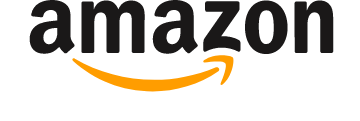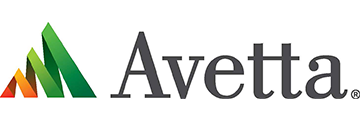
In her career as an OSH professional, Pam Walaski, CSP, CHMM, has seen many changes in the way the OSH community approaches risk assessment and risk management as a means to prevent incidents and keep workers safe.
“There should be no doubt in any OSH professional’s mind that our profession is well along in its evolution away from a compliance-based framework towards a management systems-based framework with risk assessment and management embedded in all parts of the system,” she says.
Although risk assessment has come a long way in terms of awareness within the OSH community, Walaski feels that more can be done to ensure that emerging professionals and those established in the field have a solid grasp of risk management and the role it plays in improving safety performance.
Preparing Professionals
For Walaski, one key to further facilitating and deepening the switch from compliance to more risk-based decision-making is two-fold. The first step is for emerging professionals to receive more risk-focused education and training before they enter the workforce, and for those already in the field to ensure that risk assessment and management is part of their skill set.
“The transition applies to both existing OSH professionals and new graduates – the former need to upgrade their knowledge base and the latter need to be provided with the fundamentals in their various undergraduate and graduate degree programs,” Walaski explains.
At the academic level, Walaski feels that colleges and universities could take steps to gear their OSH programs toward risk-based content to better prepare students for the challenges they face when they enter the workforce.
“I’d like to see a greater emphasis on risk management and OSH management systems integrated at the undergraduate level,” she says. “While some individual academic programs are leading the way in revising curriculum, others have not yet gotten to the point where emerging OSH professionals are getting the benefit of risk-based learning so that they can hit the ground running when they begin their professional careers.”
With such knowledge at their disposal, Walaski says that OSH professionals at all stages of their careers can be armed to effectively address OSH performance at their organizations.
“To be change agents in their organizations, OSH professionals need technical information to allow them to develop a risk management skill set, and they need to understand how to craft and implement strategies to lead their organizations through this change,” she says.
Risk in a Business Sense
In utilizing these risk-based strategies at their organizations, Walaski says it is important for OSH professionals to impress upon their executives that OSH risks should be thought of in the same context as the other business risks.
“Most organizations already approach many of their operations from a risk-based framework. They look at financial risks, supply chain risks, contract risks, evaluating the severity and probability that may impact the business and acting accordingly to reduce them to an acceptable level,” she says. “Most senior leaders will respond to an OSH professional who appreciates this equivalence and can use these concepts to bridge the gap and lead their organization through the shift.”
Taking this a step further, Walaski encourages OSH professionals to incorporate the language of risk and risk concepts when opportunities to interact with senior leaders occur to help create a shared vision of OSH risk management in the organization.
Looking to the Future
Despite the fact that there is more work to do in terms of integrating risk into OSH management systems, Walaski is optimistic that greater risk-based thinking is on the horizon.
“As organizations become more adept at risk management, they will inevitably realize that the use of lower-level controls will not achieve their risk criteria objectives,” she says. “I believe that the use of higher-level controls and implementation of the principles behind prevention through design will begin to become more prominent in risk treatment plans, both when assessing the risk of a new process or when assessing an existing risk either for the first time or after an incident.”
For their part, OSH professionals can continue to expand their expertise in risk management, wean their organization off lagging metrics, utilize data and build risk champions in their organizations. Taking these steps will help bring everyone to a greater understanding of how effective risk management is a crucial element of improved OSH performance.
“As more OSH professionals pivot their guidance toward risk-based approaches, it will elevate the importance of risk management and decrease the reliance on regulatory framework,” Walaski says. “It also provides hands-on training for the workforce that will help develop a risk-based mind-set in how they approach their tasks moving forward.”
Get an immersive risk management education at SafetyFOCUS. Learn more



